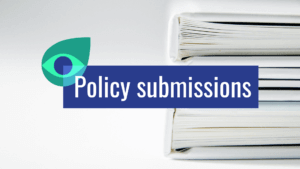The activities of all installations, such as factories and power plants, operating within the scope of the EU Emissions Trading System (EU ETS) are collected in the EU ETS Transaction Log. The data concerning emissions, allowances, and relevant sectors can be freely consulted. There is a piece of information, however, that is much harder to find: who do these installations belong to?
Installations are linked to “account holders” registered within the EU ETS system – but due to the often intricate ownership schemes of conglomerates, it is difficult to pinpoint which companies are polluting the most under the European carbon trading scheme. As a consequence, it is not possible without considerable sleuthing to determine who should be held responsible for producing the most CO2 emissions and overall who is receiving the most free allowances – effectively, polluting for free.
Ranging from steel and cement production, to oil refinement and petrochemicals, heavy industries have avoided their responsibilities for too long, enjoying free passes since the EU ETS system was established. It is urgent to make polluters pay, and to do so, we need to know who exactly needs to pay and what.
Carbon Market Watch presents a unique, first-of-its-kind report pairing EU ETS account holders (and their installations) to their parent companies, assessing the highest level of private ownership possible. This report presents an overview of which companies have the biggest carbon footprint in the EU, who received the most free pollution permits, and which sectors are not delivering on their decarbonisation promises.
Based on the ownership of the most-polluting installations, we have compiled a list of the top 30 companies that make up the EU’s emissions aristocracy and, together, produced, according to our analysis, more than 50% of the total EU ETS emissions in 2022.
Our investigation found that while the power sector is responsible for the majority of emissions, it pays for most of its pollution. However, companies operating in sectors such as steel, cement, or petrochemicals production are not only well represented among the top polluters, but also receive huge amounts of free pollution permits. For example, in 2022, steel behemoth ArcelorMittal received €3.7 billion in free allowances, while cement giant Heidelberg received €1.9 billion. To make sure we meet our 2030 and 2040 targets, and to avoid climate disaster, we know that emissions must be reduced steeply: but how will we bankroll these changes? It’s time to make the polluters pay – in full.



